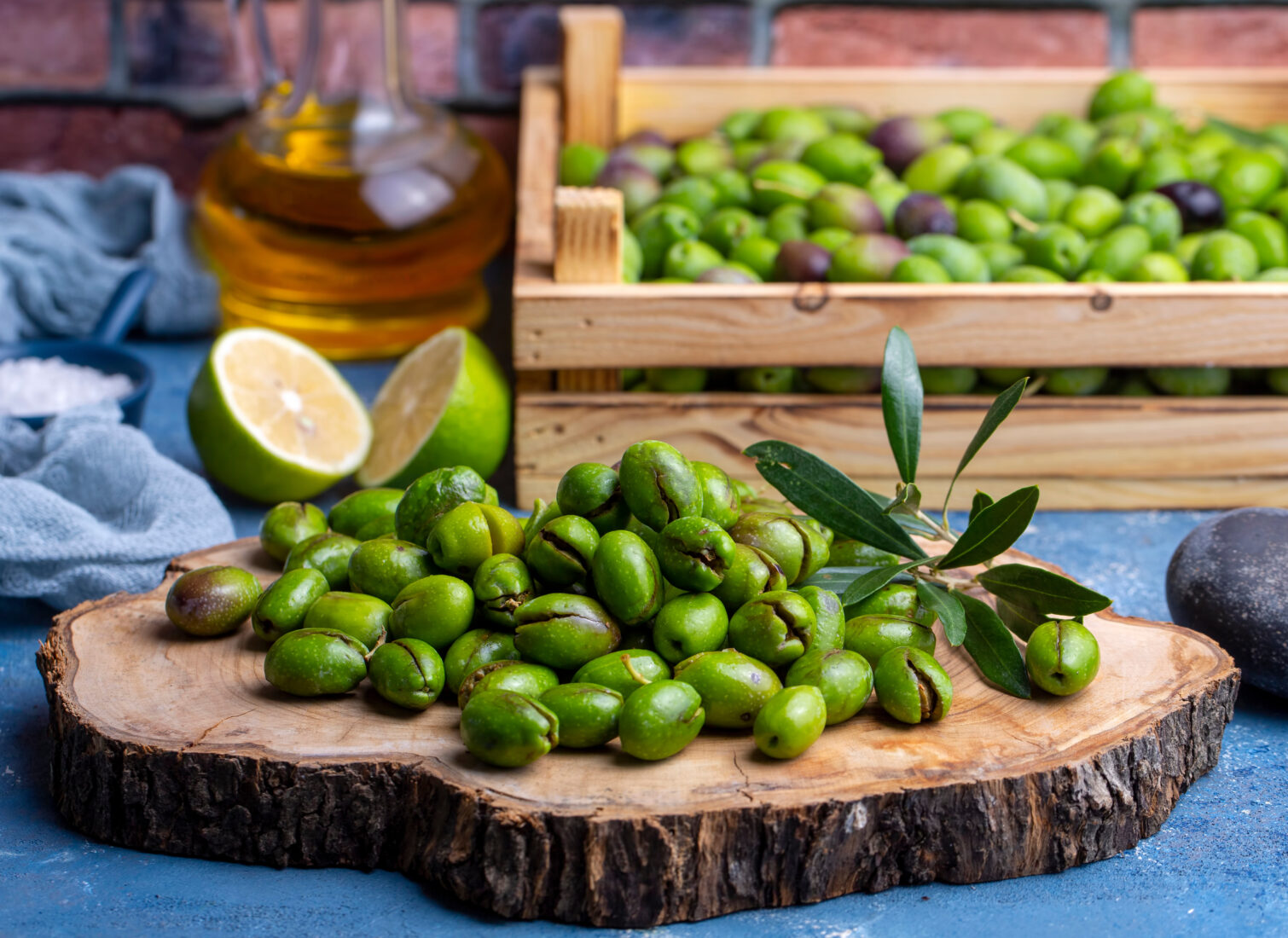How to recognize fake olive oil as cases increase in Türkiye
 Türkiye's olive oil season closes with calls for consumer vigilance against fake products. (Adobe Stock Photo)
Türkiye's olive oil season closes with calls for consumer vigilance against fake products. (Adobe Stock Photo)
As olive harvest season in Türkiye’s key production region, Kilis, draws to a close, experts caution consumers about the increased availability of fake olive oils.
These counterfeits, produced from inexpensive vegetable oils mixed with olive-like aromas and color additives, are being sold at low prices both online and in some stores.
Kilis Olive Research and Development Association (KIZADER) President professor Dr. Nazim Sekeroglu explained that recognizing genuine olive oil has become increasingly difficult for consumers – even for seasoned producers.

What fake olive oil is and how to check for authenticity with expert tips
Fake olive oil, or ‘tagsis’ in Turkish, poses health risks and fails to meet the quality of true olive oil. Ahmet Cetin, President of the Edremit Chamber of Commerce, stated that many oils labeled as olive oil are actually a blend of various vegetable oils, such as canola or palm oil. Cetin and other experts recommend purchasing from trusted brands or stores to avoid counterfeits.

Professor Dr. Sekeroglu outlines scent, taste of real olive oil
One way to tell if olive oil is authentic is to test its aroma. Professor Dr. Sekeroglu described real olive oil as having a fresh scent reminiscent of cut grass, apples or strawberries.
“If the oil has a pleasant fruity aroma and a slight bitterness in the throat that quickly fades, it’s likely real,” he explained. “If the bitterness lingers, however, it’s a sign the oil may be rancid.”
Four simple tests for spotting fake olive oil before buying
Experts recommend four straightforward methods for distinguishing real olive oil from fake:
- Freezing test: Authentic olive oil begins to solidify at 0 degrees Celsius (32 degreees Farenhiet) to minus 6 degrees Celsius (42.8 degrees Fahrenheit). If it doesn’t crystallize within 30 minutes in the freezer, it may not be pure.
- Water test: Genuine olive oil will float and form bubbles when added to warm water.
- Taste test: Real olive oil leaves a slight burning sensation in the throat, unlike fake oil.
- Smell test: Authentic olive oil has a distinct olive scent, which is absent in counterfeits.
Zulal Tacar, an olive oil tasting expert from Edremit, advises buyers to obtain olive oil only from reputable stores and not to rely solely on color, as true olive oil varies from green to yellow. “Ignore the color and focus on the scent when purchasing. A fresh olive scent is a positive sign of quality,” she said.



